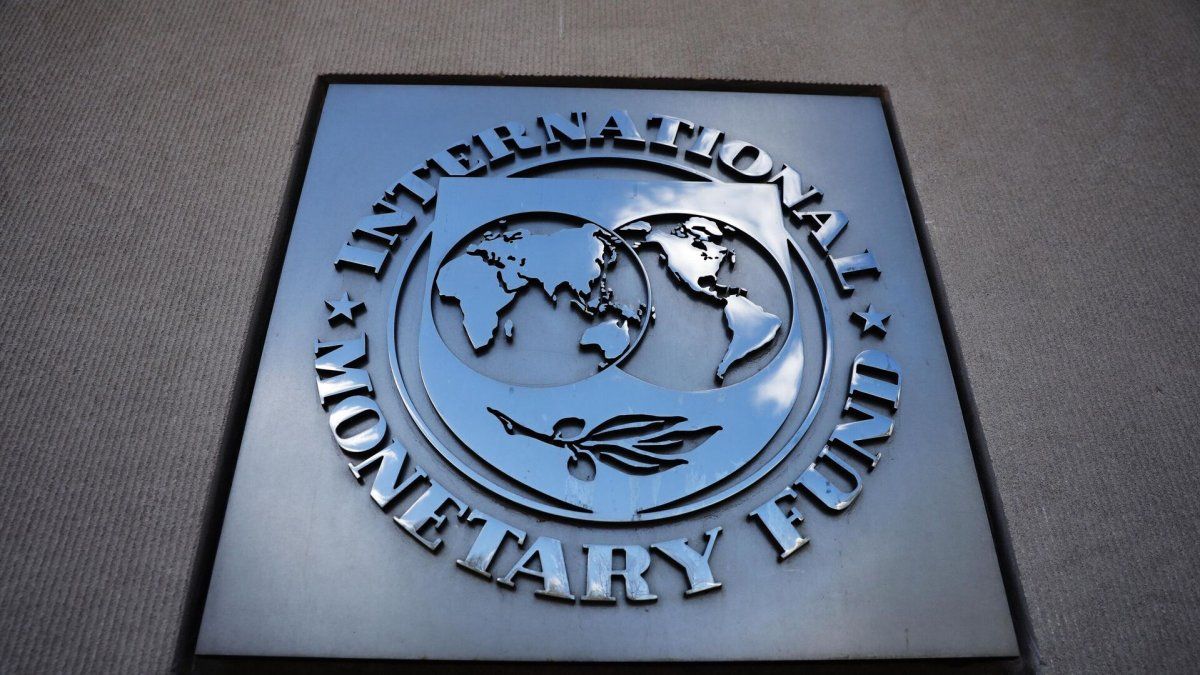The primary fiscal imbalance last May was $191,528 million (corrected by the limit on property income imposed by the IMF), states a report by the ACM consulting firm. Thus, in the first 5 months of the year, an operating deficit of $463,448 million was accumulated, which represents approximately 0.59% of GDP.
A significant deterioration is observed with respect to last year: for the same period the fiscal imbalance was one fifth of that observed in the current year (approximately 0.12% of GDP).
Consequently, the margin to meet the original June goal agreed with the FMII is $103,352 million, “resulting in materially impossible compliance given the recent dynamics that public accounts have been showing, particularly on the spending side,” says the consultant.
In this sense, it is taken into consideration that June is a month with a high seasonality in terms of social benefits, given that when updating salaries stipulated in the adjustment formula, the half bonus is paid for retirement and pensions, in addition to the payment of the second installment of the bonus for monotributistas.
A similar analysis is carried out by the consulting firm Ecolatina when it points out that although the increase in rates and advance payments to CAMMESA in March could induce a moderation in the level of energy subsidies in June, the fiscal accounts in the sixth month of the year also will be affected by a 15% increase in the mobility formula, the rise in the non-taxable minimum Earnings, the second part of the IFE and the increase in the Minimum Vital and Mobile Wage by which some social expenditures are adjusted.
Danger
ACM warns about the “danger” presented by the acceleration of spending for the second quarter of the year. In this sense, it estimates a primary deficit for June of $400,000 million, that is, almost three times the remaining margin for meeting the goal.
This will happen, he maintains, unless specific measures are taken such as delaying the payment of retirement and pension bonuses for the following month, some significant reduction in energy subsidies through tariff segmentation or some unexpected increase within the income.
It calculates that total primary spending has been growing during the last 12 months at an average rate of 68% (9.6% real), which accelerated to 77% (14.7% real) in the last 6 months, reaching in the last 3 months a rate of 87% year-on-year (18.3% real).
With this dynamic, for ACM the primary deficit this year aims to be around 3.5% of GDP, one percentage point higher than what was scheduled with the Fund since the gap between the evolution of expenses and income, in Instead of closing it seems to speed up.
However, he considers that this imbalance can be reduced both with lower spending on energy subsidies and with an increase in income. But he warns that, on the other hand, it could be higher if spending continues to be increased on a discretionary basis, as was the case in the first part of the year.
achievable goal
For its part, Ecolatina considers that, although the annual goal of $1,758,600 million seems difficult to achieve, a possible moderation in the growth of spending in the second half of the year, the possible tax benefits of the tariff segmentation and some adjustments in actionable items, such as capital and operating expenses, could help meet the annual goal for 2022 in terms of GDP.
Given that the financial program relies heavily on net financing in the debt market in pesos, Ecolatina considers that there is not much room for the deficit to deviate much from the goal agreed with the IMF in terms of GDP (2.5 %).
It estimates that reaching this value would imply a red of around 1.5% of GDP in the second half, similar to that observed in the second half of 2021. In other words, the deterioration observed in the first half of the year could not be repeated -although it was influenced by the low base of comparison – and if it does, it will find a limitation in the sources of financing.
For Ecolatina it is clear that the fiscal accounts will have a different trajectory than the one designed in the agreement with the IMF: there will be more spending on subsidies, less capital spending and there will be no evidence of an increase in indexed spending, something that would have happened in the case of falling inflation.
Particularly, with regard to public works, he points out that a cut is expected compared to what was stipulated in the original agreement (where a capital expenditure of 2.2% of GDP was projected). But, relative to 2021, when capital spending reached 1.4% of GDP, there is probably no decline.
Source: Ambito
David William is a talented author who has made a name for himself in the world of writing. He is a professional author who writes on a wide range of topics, from general interest to opinion news. David is currently working as a writer at 24 hours worlds where he brings his unique perspective and in-depth research to his articles, making them both informative and engaging.




